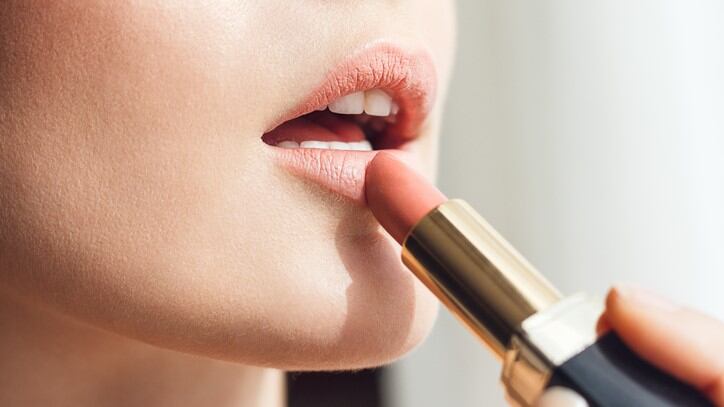While concerns like anti-pollution are rising, Shohei Tamura, president of Shiseido China Innovation Centre, claimed that whitening was still the biggest concern in Asia, including China.
According to a survey conducted by Shiseido, the top four concerns of Asian women all relate to skin tone darkening.
The top concern among Chinese consumers is yellowish, sallow skin.
As such, Shiseido is still investing into this area of research, despite being one of the leaders in the category.
“We still have a lot of problems and we cannot 100% satisfy consumer’s needs,” Tamura admitted.
Currently, Shiseido’s R&D team is looking into the internal factors that can affect skin tone and exploring the effect of increased blood capillaries on hyperpigmentation.
“In the past, Japanese company research mainly on melanocytes. Now, they start to investigate more factors like blood vessels, tissues and other internal factors.”
Rising demand for prestige
As Chinese consumers become more affluent, Tamura said he had observed that consumers were trading up and using products that were more expensive.
Therefore, Shiseido is placing emphasis on its prestige lines, such as Clé de Peau Beauté.
Last year, Shiseido appointed Chinese actress Zhang Ziyi as a Clé de Peau Beauté ambassador to increase its presence in the Chinese market.
The firm’s flagship brand, Shiseido, has also continued to experience popularity in China, which Tamura attributed in part to the rising J-Beauty trend.
“I think the reason why [Shiseido] is popular in China is because Japanese beauty products have been used by Chinese consumers for a long time. That's why they believe in the quality of Japanese cosmetic products.”
On the flip side, manufacturers must place priority on innovation as Chinese consumers are tech-savvy and use social networking sites and the Internet to learn more about products and brands.
“This requires companies to launch star products that really attract consumers. At Shiseido, we require our R&D teams to develop products that can satisfy consumers’ needs based on the results of market investigations.”
He highlighted that Chinese consumers were unique among other Asian consumers because they are not afraid to try new products and take risks.
As such, Tamura believes one of the effective ways to grow in the market is to produce products with new value.
He highlighted cushion foundations and anti-pollution products as examples of products that introduced new value to consumers.
Eyeing opportunities in make-up
Until recently, Chinese consumers were not using a lot of make-up, said Tamura.
“In the past, the proportion of Chinese consumers using base make-up was not very high. I was told that the Chinese believe powder foundation is not good for the skin, and that’s why they don’t use a lot.”
However, as their understanding of make-up deepens, their needs become more sophisticated.
For instance, Tamura said the Chinese were beginning to pay more attention to the finishing of foundation.
“Now, they want to spend more time on their make-up. They will use a primer with foundation to make the finishing better.”
Shiseido also sees an opportunity for colour cosmetics, making lip products an important product in the market, said Tamura.
The variations of lip products and the variety of colours and textures make them a growing category on their own as it is an opportunity for Chinese consumers to “show their uniqueness”.
Tech and insight attracts consumers
Tamura believes Shiseido has an edge over its competitors because it has an in-depth understanding of its Asian consumers, including the Chinese.
“Shiseido entered the Chinese market in the 1980s. We know what Chinese consumers want, their preferences, and who they want to become,” said Tamura.
“We know consumers in the North and South China have different concerns. For example, the best cream for consumers in the North of China is different from the South of China. We also know the degree of whiteness they are looking for is different.”
Tamura said that Shiseido was also able to understand Chinese consumers better because China and Japan share some common culture.
“That’s why we can provide more value based on the insight we have.”
Additionally, Chinese consumers place their trust in the quality of product Shiseido produces.
He highlighted that the International Federation of Societies of Cosmetic Chemists (IFSCC) has recognised Shiseido multiple times for its cosmetics research.
Last year, the company bagged its seventh consecutive top award at the 30th IFSCC Congress, setting the record for the most IFSCC awards.
“With high technology and understanding on Asian consumers and Chinese consumers, we stand out from other competitors and attract Chinese consumers to buy our products,” concluded Tamura.



